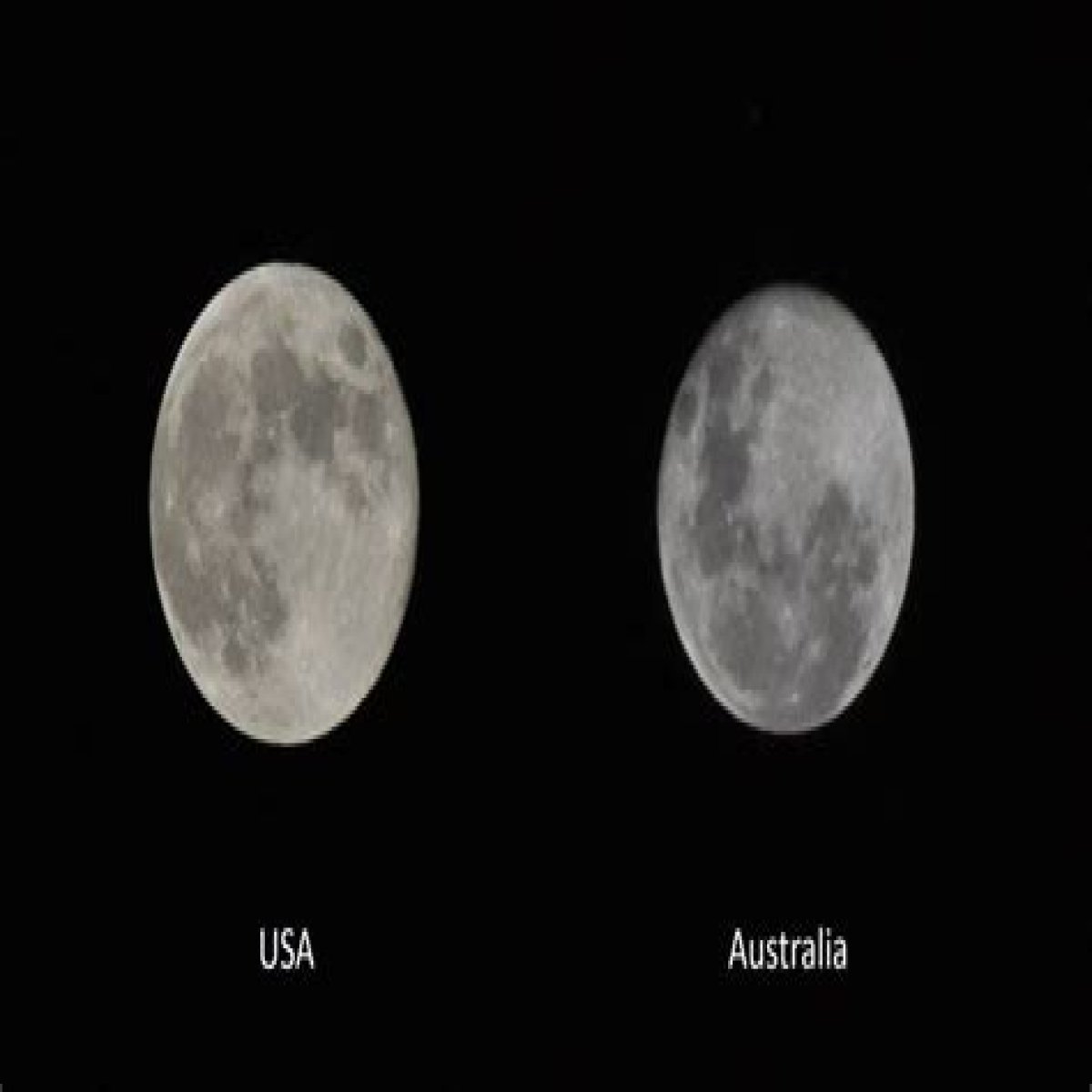The Natural History Museum explains that the darker spots scattered across the surface of the moon are called "maria," which is the Latin term for "seas," which scientists once believed they were. It turns out that these spots don't, and never did, contain water like our Earth seas, but rather lava. The marks that look like seas are actually remnants of explosive, violent volcanic eruptions that happened a very, very long time ago. Nonetheless, the "maria" term stuck.
The Oceanus Procellarum, or "Ocean of Storms," is the largest grouping of maria, measuring about 1,800 miles wide, according to Slate. The Ocean of Storms formed about 3.5 billion years ago. It was once thought that these seas were formed by massive objects from elsewhere hitting the face of the moon, but subsequent studying of the area showed volcanic rifts had produced so much lava that the moon's crust was weighed down, giving it its craggy appearance.
